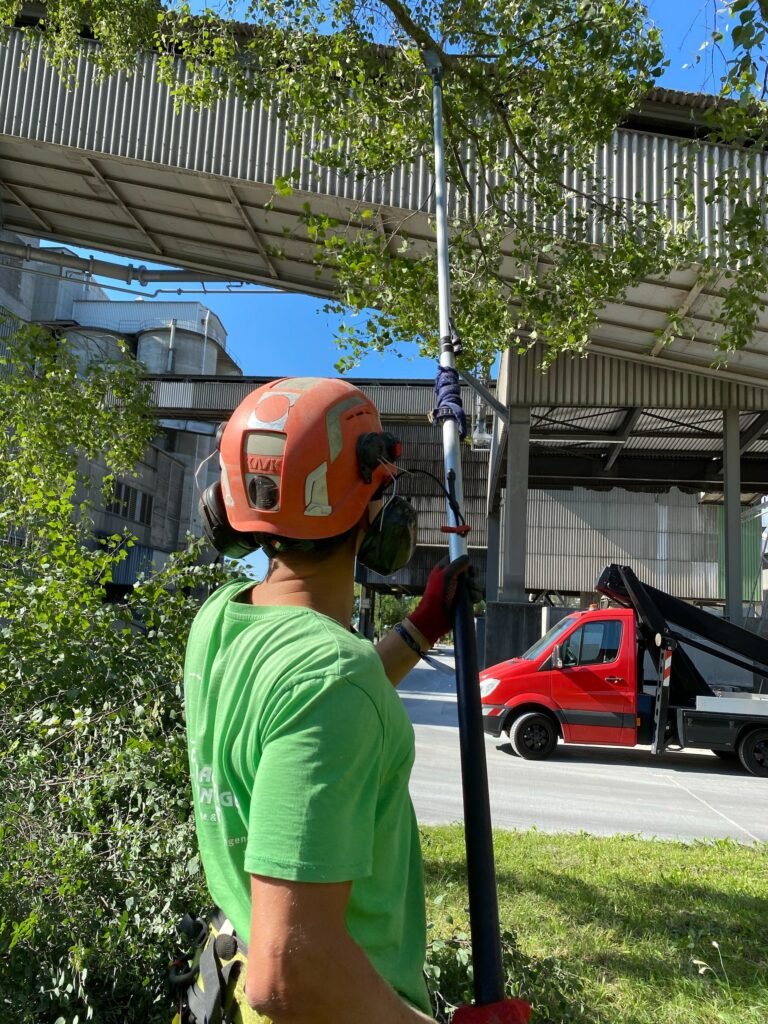Trees are not only a fundamental part of our natural environment but also valuable assets to our properties. To ensure their health, longevity, and safety, proper maintenance and care are essential. However, knowing the optimal time for tree care activities can significantly impact their effectiveness. In this article, we’ll explore the best times of the year for tree maintenance and care, taking into consideration seasonal variations and specific needs of different tree species.

Spring: The Season of Renewal
Spring is often considered one of the best times to initiate tree care activities. As temperatures rise and daylight increases, trees undergo a period of renewed growth. This is an ideal time for:
- Pruning: Trimming dead or diseased branches and shaping the tree is best done before the peak of the growing season.
- Fertilization: Spring is when trees require an extra boost of nutrients to support new growth.
Summer: Vigilance and Hydration
While extensive tree maintenance is not typically performed during the summer, this season requires special attention to hydration and pest control:
- Watering: Especially crucial for young or recently transplanted trees. Deep watering during dry spells helps maintain soil moisture.
- Pest Management: Summer is when pests are most active. Regular inspections and treatments can prevent infestations.
Fall: Preparation for Winter
Autumn signals a slowing down of tree growth as they prepare for the dormant winter months. Key activities during fall include:
- Pruning (late fall): Trim away any dead or weakened branches to prevent them from becoming hazards during winter storms.
- Mulching: Applying a layer of mulch around the base of trees helps retain moisture and insulate roots during winter.
Winter: Dormancy and Structural Assessments
Winter is often a dormant period for many trees, but it provides an opportunity for certain maintenance tasks:
- Structural Pruning: Assess and prune for structure during the dormant season to enhance the tree’s overall form.
- Tree Inspections: Winter is an excellent time to inspect for signs of disease, pest infestations, or structural issues without the distraction of foliage.
- Considerations for Evergreen Trees: Year-Round Vigilance
Unlike deciduous trees, evergreens retain their foliage year-round. Consequently, their care is less tied to specific seasons:
- Year-round Pruning: Evergreens can be pruned throughout the year, but major shaping is often best in late winter or early spring.
- Winter Moisture: Water evergreens adequately in late fall to ensure they enter winter well-hydrated.
Conclusion
Proper tree maintenance and care are vital for ensuring the health and beauty of our natural surroundings. Understanding the best times of the year for specific tree care activities empowers property owners and arborists to make informed decisions. By aligning tree care efforts with the natural rhythms of the seasons, we not only promote the well-being of individual trees but also contribute to the overall health of our environment. So, whether it’s pruning in spring, watering in summer, preparing for winter in fall, or assessing structure in winter, each season offers unique opportunities to enhance the vitality of our trees.